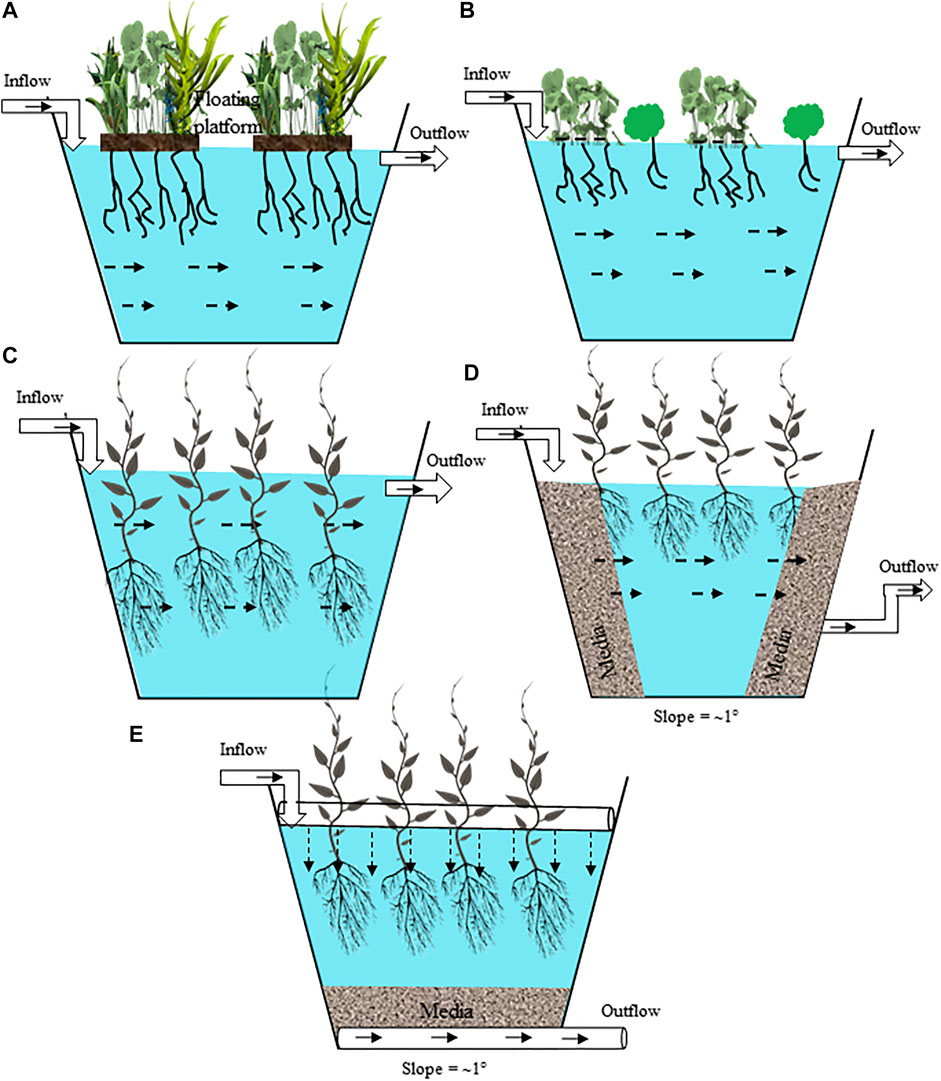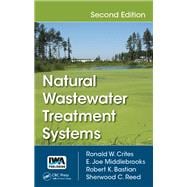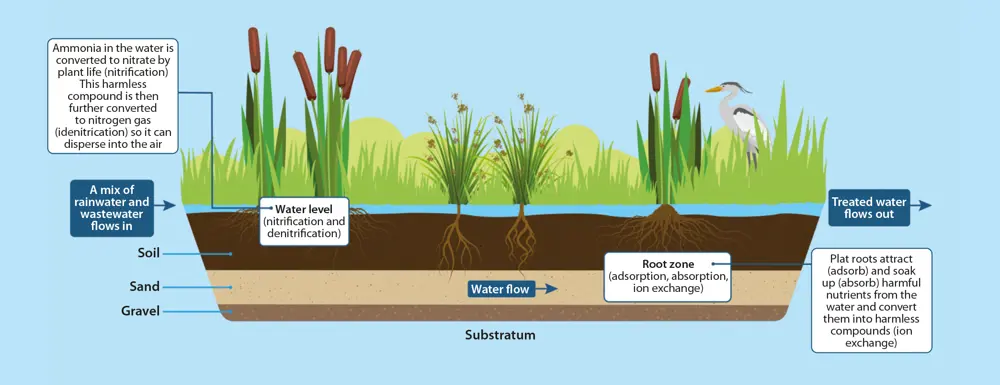Natural Wastewater Treatment Methods for Homes

Natural wastewater treatment offers eco-friendly and cost-effective solutions for managing household wastewater without relying heavily on chemical or mechanical systems. These methods harness natural processes involving plants, soil, and microorganisms to purify water, making them ideal for sustainable living.
Common Natural Treatment Methods

| Method | Description | Benefits | Suitable For |
|---|---|---|---|
| Constructed Wetlands | Engineered systems that mimic natural wetlands using plants and microbes to filter wastewater. | Low maintenance, enhances biodiversity, effective pollutant removal | Homes with available land |
| Septic Systems with Biofilters | Traditional septic tanks combined with biofilters that use natural materials and microbes to break down waste. | Improves effluent quality, reduces odors, easy to maintain | Rural and suburban homes |
| Reed Beds | Shallow beds planted with reeds that treat wastewater through microbial activity and plant uptake. | Simple design, low energy use, supports wildlife | Small to medium households |
| Soil Absorption Fields | Wastewater is dispersed into the soil where natural filtration and microbial degradation occur. | Cost-effective, natural nutrient recycling | Homes with suitable soil |
How These Systems Work
- Microbial Action: Beneficial bacteria break down organic matter and harmful pathogens.
- Plant Uptake: Aquatic plants absorb nutrients and contaminants, reducing pollution.
- Soil Filtration: Soil acts as a natural filter, trapping particles and further purifying water.
Advantages of Natural Wastewater Treatment
- Environmentally friendly with minimal chemical use.
- Cost savings on energy and maintenance.
- Enhances local ecosystems and biodiversity.
- Can be integrated into landscaping for aesthetic appeal.
Frequently Asked Questions (FAQ)
Q1: Are natural wastewater treatment systems effective for all types of wastewater?
A1: They are most effective for domestic wastewater but may require pretreatment for industrial or heavily contaminated water.
Q2: How much space is needed for these systems?
A2: Space requirements vary; constructed wetlands and soil absorption fields need more land, while reed beds and biofilters can fit smaller areas.
Q3: What maintenance is required?
A3: Regular inspection, occasional removal of plant biomass, and ensuring proper flow are typical maintenance tasks.
Q4: Can these systems be used in cold climates?
A4: Some systems, like constructed wetlands, can be designed to function in colder regions with appropriate plant selection.
Conclusion
Natural wastewater treatment methods provide sustainable, effective, and environmentally responsible options for managing household wastewater. By leveraging natural processes, homeowners can reduce their ecological footprint while maintaining water quality and supporting local ecosystems.
